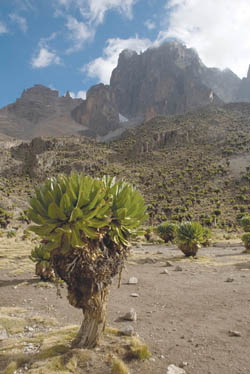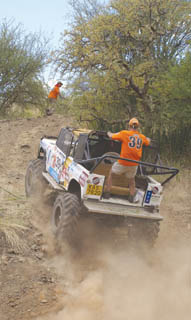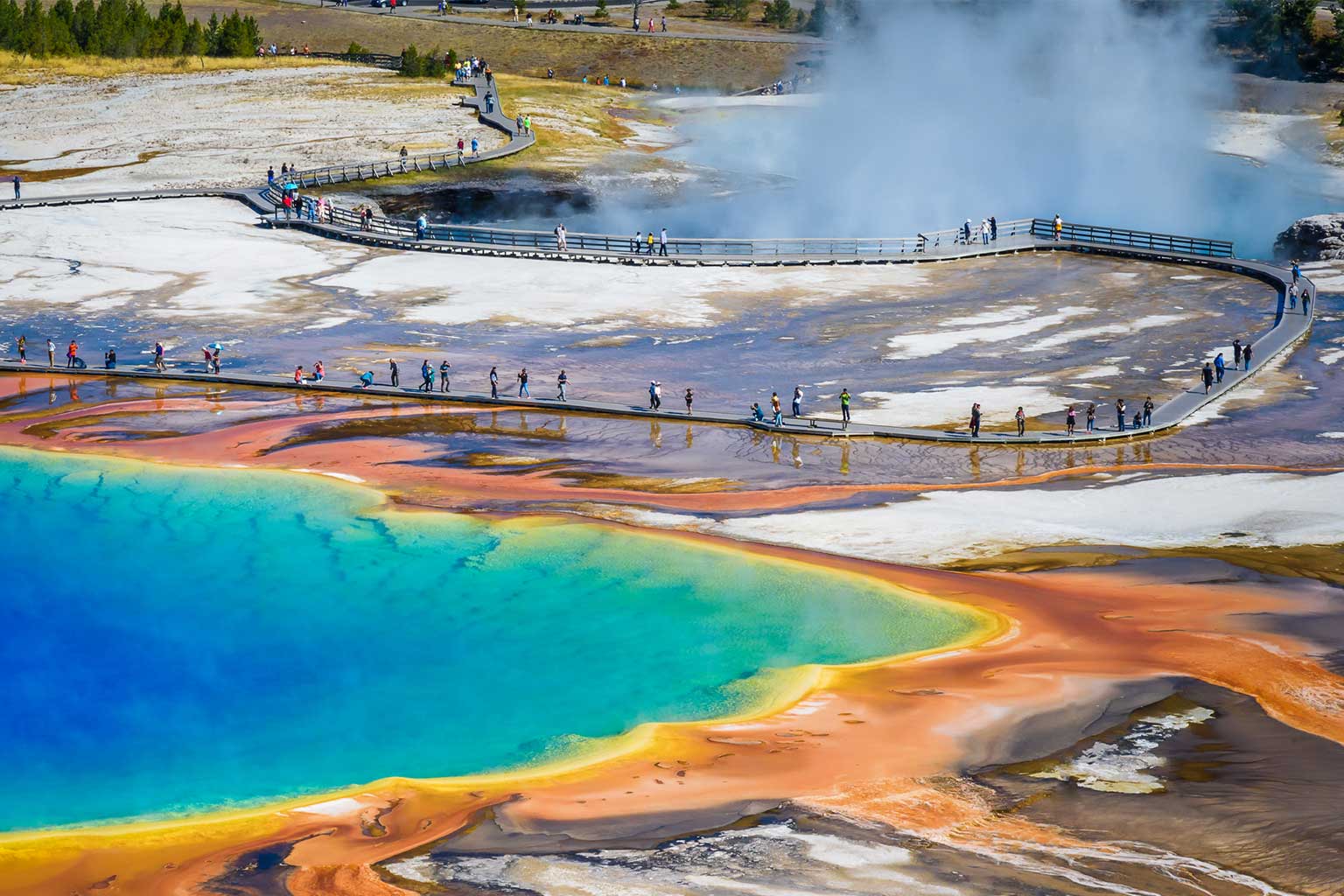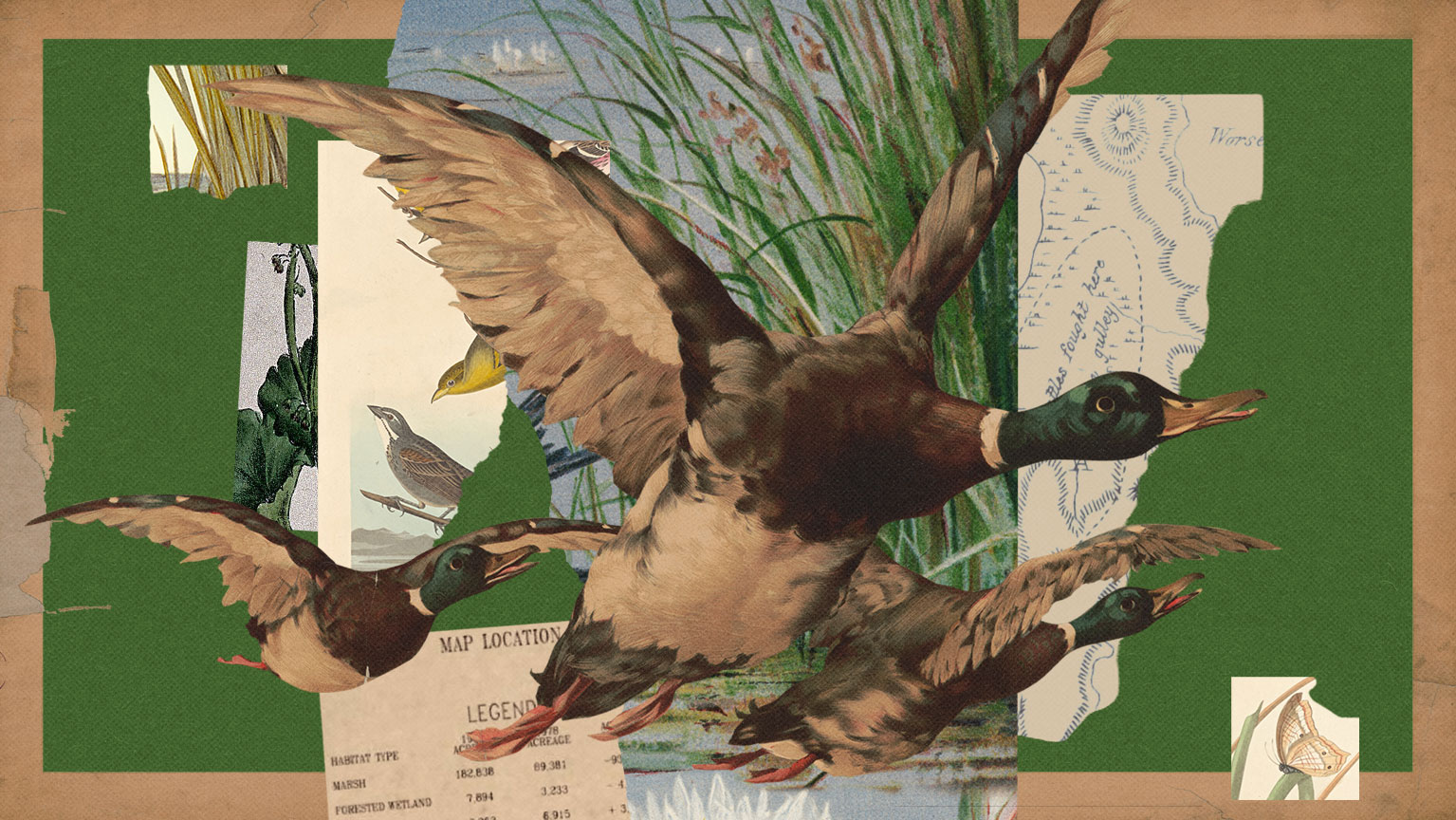
Although Kenya enjoys a thriving wildlife-based tourism industry, the wildlife has faced grave challenges. Commercial poaching for ivory and rhino horns, subsistence bush meat hunting, and habitat loss due to human encroachment are among the major factors that have decimated many wildlife species. The black rhino and bongo antelope, in particular, have been pushed to the brink of extinction.
Much of this wildlife can be found in and around Kenya’s protected areas, which include national parks and game reserves. These areas, however, make up only 8 percent of Kenya and are often located adjacent to farms, rangeland, and other forms of land used by local communities. Over the years, human–wildlife conflict and competition for scarce land have posed a significant challenge to effective wildlife conservation.
Locals Bear Losses
The traditional conservation paradigm in Kenya has only exacerbated such challenges. Wildlife belongs to the State, regardless of where it is found, and the revenues earned from wildlife viewing accrue to the State, not the neighboring communities. Local villagers bear the impacts of human–wildlife conflicts, but receive little direct benefit in return. As a result, many communities have historically viewed wildlife as a nuisance and source of loss rather than as an asset.
The Kenyan Rhino Charge is an off-road motorsport race held by Rhino Ark that attracts not only a bold batch of off-road warriors but also substantial financial resources for wildlife.
Lying at the heart of Kenya’s central highlands is the Aberdare Conservation Area (ACA). The ACA is a 2,000–square-kilometer mountain forest range surrounded by highly productive agricultural lands. Throughout the 1970s and 80s, regular crop destruction and the depredation of livestock built up much animosity toward wildlife in the neighboring villages. In addition, illegal activities including poaching, livestock grazing, and logging in the ACA have had detrimental effects on wildlife and the habitat on which it depends for survival.
The black rhino—known globally as one of the most critically endangered species—was poached relentlessly as a result of the rising demand for rhino horn in Asia and the Middle East. The State seemed unable to act decisively or in good time. Something different had to be done.
Fencing for Wildlife

A radical solution was envisaged: construct a gameproof electric fence around the entire ACA. The two meter-high, 400-kilometer-long fence would contain wildlife within the protected area’s boundaries on the one hand, and it would act as a physical deterrent to human encroachment and illegal activity on the other.
For more than two decades, Rhino Ark has been making this vision a reality. Through a seminal private– public partnership with the government, along with aggressive fundraising, advocacy, and community engagement efforts, Rhino Ark has introduced a new conservation paradigm to Kenya—one that recognizes the role agricultural communities play in conservation efforts. For example, local conservation units were established or supported by Rhino Ark in order to assist government agencies in carrying out wildlife surveillance activities. One such group, the Bongo Surveillance Unit, is now instrumental in highlighting the plight of the critically endangered bongo antelope—a species endemic to Kenya, with fewer than 100 individual animals thought to still exist in the wild.
The black rhino—known globally as one of the most critically endangered species—was poached relentlessly as a result of the rising demand for rhino horn in Asia and the Middle East.
Rhino Ark also provides seed money and logistical support for the creation of community-based microenterprises such as tree nurseries and has worked with nearby villages to restore degraded indigenous forests in protected areas by replanting trees. In addition, Rhino Ark sponsors study visits to other areas to introduce communities to alternative income producing activities, and has educated locals on conservation practices through school programs. These initiatives help Rhino Ark achieve its goal of expanding support among locals for the integrity of the ACA’s ecosystem.
Charging for Conservation
Building both a fence and ensuring lasting benefits for the local communities that live along it are not cheap. Thus far, US$10 million has been raised, with funding for the fence provided primarily by the Kenyan Rhino Charge—an off-road motorsport race held by Rhino Ark that attracts not only a bold batch of off-road warriors but also substantial financial resources. Up to 60 teams compete in the annual event, pledging sponsorship funds to secure their entry into this prestigious competition.
The bongo antelope is a species endemic to Kenya with fewer than 100 individual animals thought to still exist in the wild.
The winning team is the group who travels the least amount of distance to complete the course. The outcome, as described by Auto Life Quarterly, is a race “combining the camping of an outdoor concert with the tailgating of a NASCAR event in the beautiful wilderness that can only be found on the African continent.”
The race is carefully designed to challenge both man and machine while respecting the integrity of the environment. The location changes every year and remains a secret up until the start of the race. The findings and recommendations of independent expert environmental assessments are used to eliminate or mitigate any potential ecological impacts.
From humble beginnings 22 years ago, Rhino Charge now raises up to US$1 million annually for conservation. Friends of Rhino Ark overseas, Kenyans living abroad, and bilateral and non-governmental donors also support Rhino Ark’s work through donations and grants.
Such successful fundraising efforts have enabled Rhino Ark to ardently pursue its unique approach to conservation. Rhino Ark has facilitated research on flagship wildlife species, created public awareness of the value of mountain forest ecosystems and their biodiversity, and helped develop conservation-friendly enterprises. All of this depended on improving the livelihoods of those living near protected areas and reducing their dependence (illegal or unsustainable) on protected area resources.
After 21 years of work, the construction of the Aberdare fence was completed in August of 2009. The focus is now on long-term maintenance of the fence and management of the ecosystem it protects. As a result of the successful conservation efforts in and around the ACA, the Rhino Ark model has been hailed as a blueprint for public–private partnerships that can be replicated in other ecosystems facing similar challenges.
Scaling Up
In December 2010, Rhino Ark announced a formal commitment to support conservation efforts in two other key mountain forest ecosystems; Mount Kenya and the Mau Range. These ranges face a host of conservation challenges.
Mount Kenya is a snow-capped 2,700–square-kilometer mountain forest that lies squarely on the equator. It is an ecosystem rich in wildlife. The Tana River, which supplies more than 40 percent of Kenya’s electricity, draws much of its waters from this mountain. Yet the water flows have been greatly reduced over the years due to, among other factors, forest destruction and poor management of riparian areas.
Mount Kenya is a snow-capped 2,700–squarekilometer mountain forest that lies squarely on the equator. It is an ecosystem rich in wildlife.
Similar challenges face the Mau Range, the water source for the popular Masai Mara game reserve. Past governance weaknesses have resulted in the destruction of the Mau forest, diminishing its natural water catchment function and causing reduced river flows. Furthermore, both areas are strongholds of the bongo antelope. Rhino Ark plans to bring its unique approach to conservation to these two areas. The Mount Kenya fence will be at least 400 kilometers long—about the same length as the Aberdare fence—at an estimated cost of US$12 million. Subject to funding, the project could be completed within four years. The Mau project will require a fence of about 60 kilometers in length and cost about US$1.2 million to construct.
The success of Rhino Ark has demonstrated the ability of local groups to address social and environmental problems in a way that formal governments alone cannot. Just a few decades ago, it would have been difficult to imagine such a strange collaboration of conservationists, villagers, and off-road racers working together to solve Kenya’s persistent human–wildlife conflicts. The visionaries behind Rhino Ark have created benefits for both wildlife and local villages, while paving a new path for conservation in Africa.



